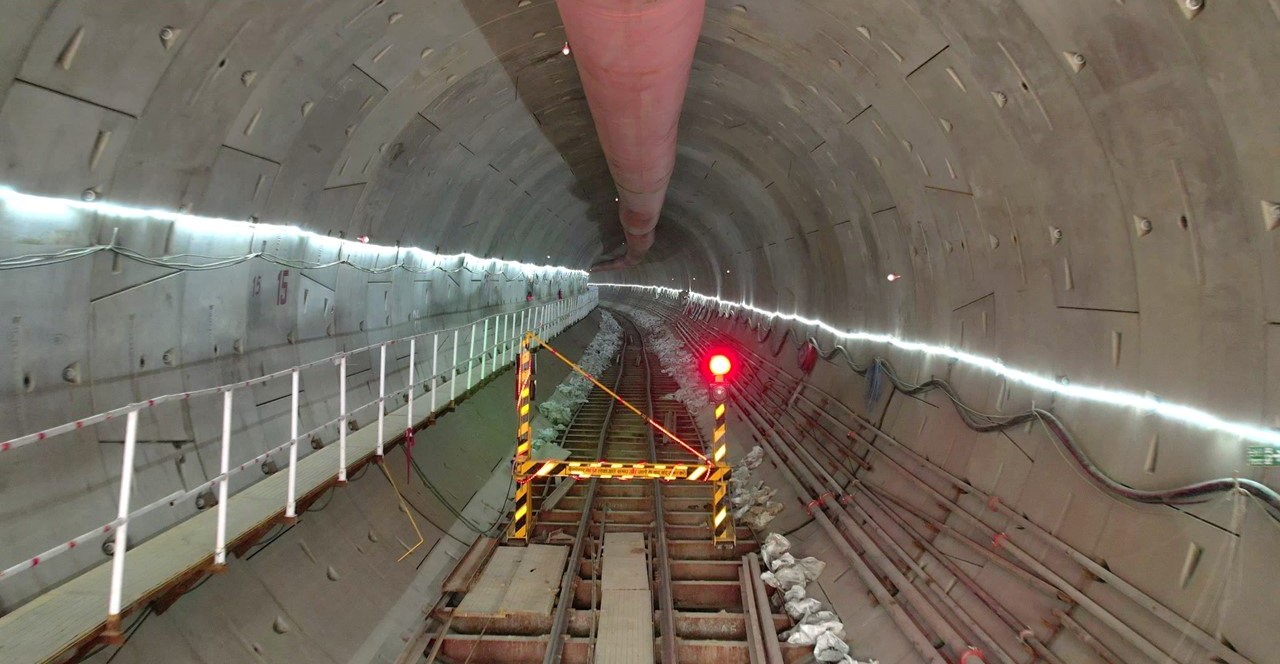 Nokia has successfully completed testing of voice and data call over the 4.9G/LTE private wireless network to support ETCS Level 2 signalling deployment on the first phase of the Regional Rapid Transit System (RRTS) linking Delhi and Meerut. At the beginning of 2022, Nokia and Alstom agreed to design and install the wireless private network.
Nokia has successfully completed testing of voice and data call over the 4.9G/LTE private wireless network to support ETCS Level 2 signalling deployment on the first phase of the Regional Rapid Transit System (RRTS) linking Delhi and Meerut. At the beginning of 2022, Nokia and Alstom agreed to design and install the wireless private network.
The ability of 4.9G/LTE to support advanced broadband applications makes it the technology of choice to support mission-critical voice signalling. This is a world first application of an LTE network that is being used along with ETCS Level 2 signalling to provide high-speed and high-reliability commuter service. In addition, ETCS Level 2 based system allows trains to report their precise location in real-time which will further help to send alerts to the commuters by sharing the trains’ exact location and decrease the waiting time at the train stations.
As part of the agreement, Nokia will provide the evolved packet core (EPC), compact mobile unit (CMU), NetAct, network services platform (NSP), installation and commissioning services and integration services. Nokia will also deliver operation control centre (OCC) and back-up control centre (BCC) to ensure seamless operations.
“As India’s trusted telecom vendor, we are thrilled to partner with NCRTC for the deployment of a high-speed LTE network between Meerut and New Delhi and are looking forward to building a world’s first for NCRTC,” Kamal Ballout, Head of Enterprise Solutions CHIMEA (China, India, Middle East and Africa) at Nokia, said.
In January 2020, the National Capital Region Transport Corporation (NCRTC) awarded Alstom a contract to supply and install the signalling and train control and telecommunication system on the RRTS.
In addition, Alstom is also the train supplier for this project under a EUR 314 million contract to deliver 40 regional trainsets. In 2021 the manufacturer started the production of the first regional train that has been delivered in May 2022.
The Delhi – Meerut RRTS runs via Ghaziabad on a 82 km rail system with 22 stations, 18 of which designed as regional transport hubs.
Share on:



